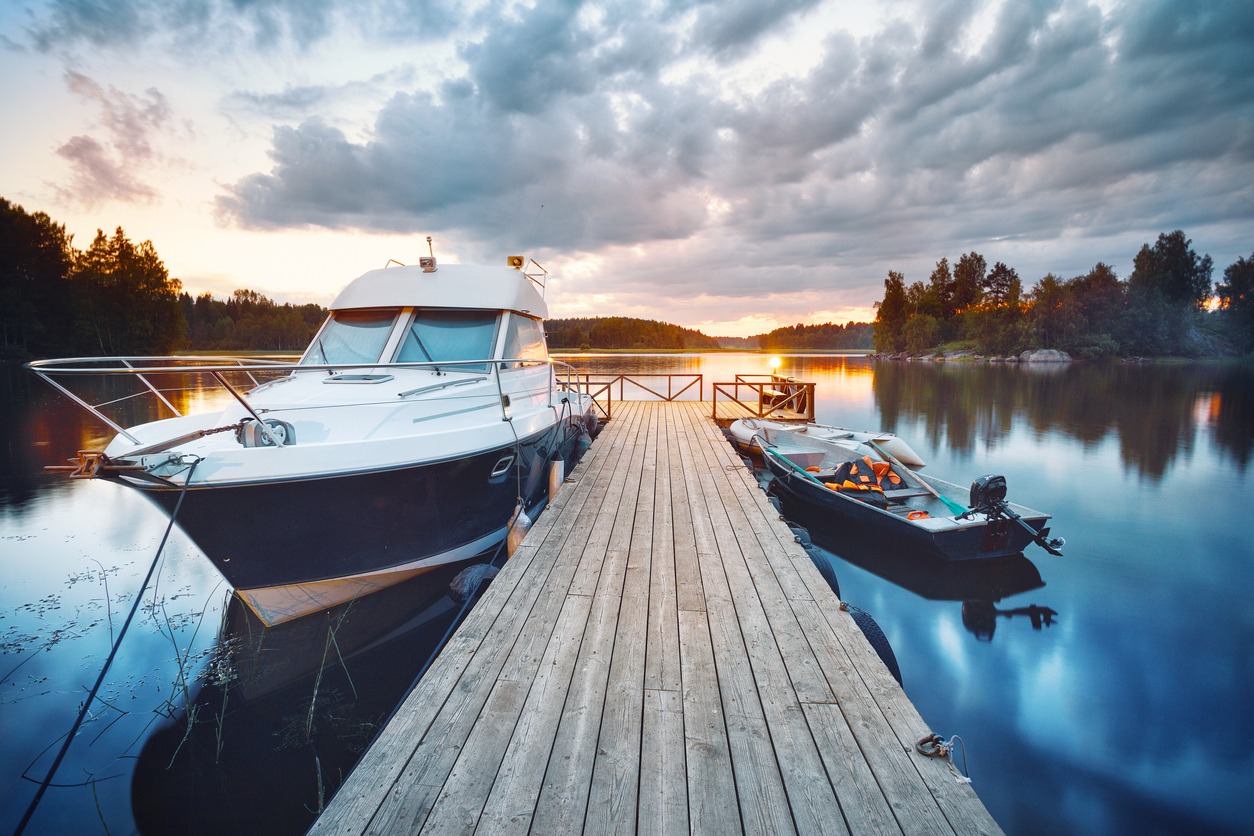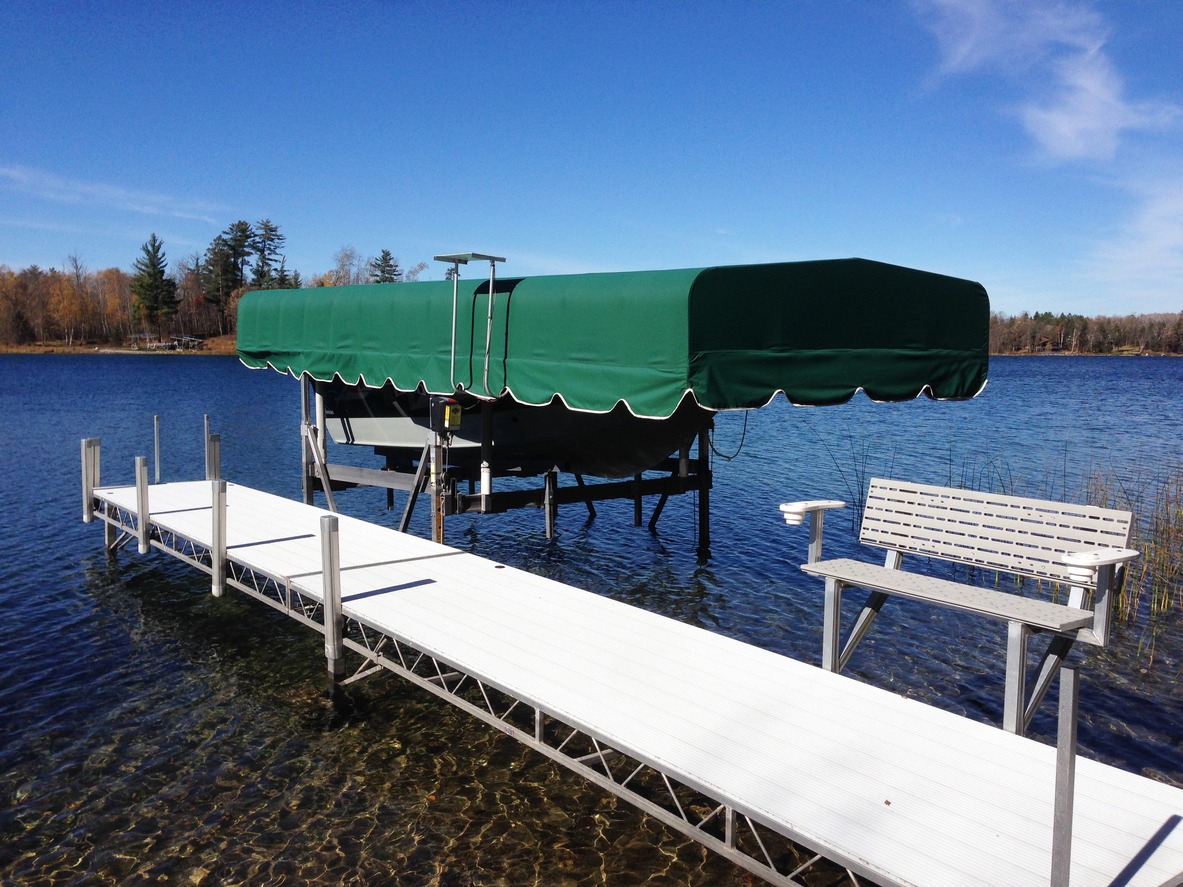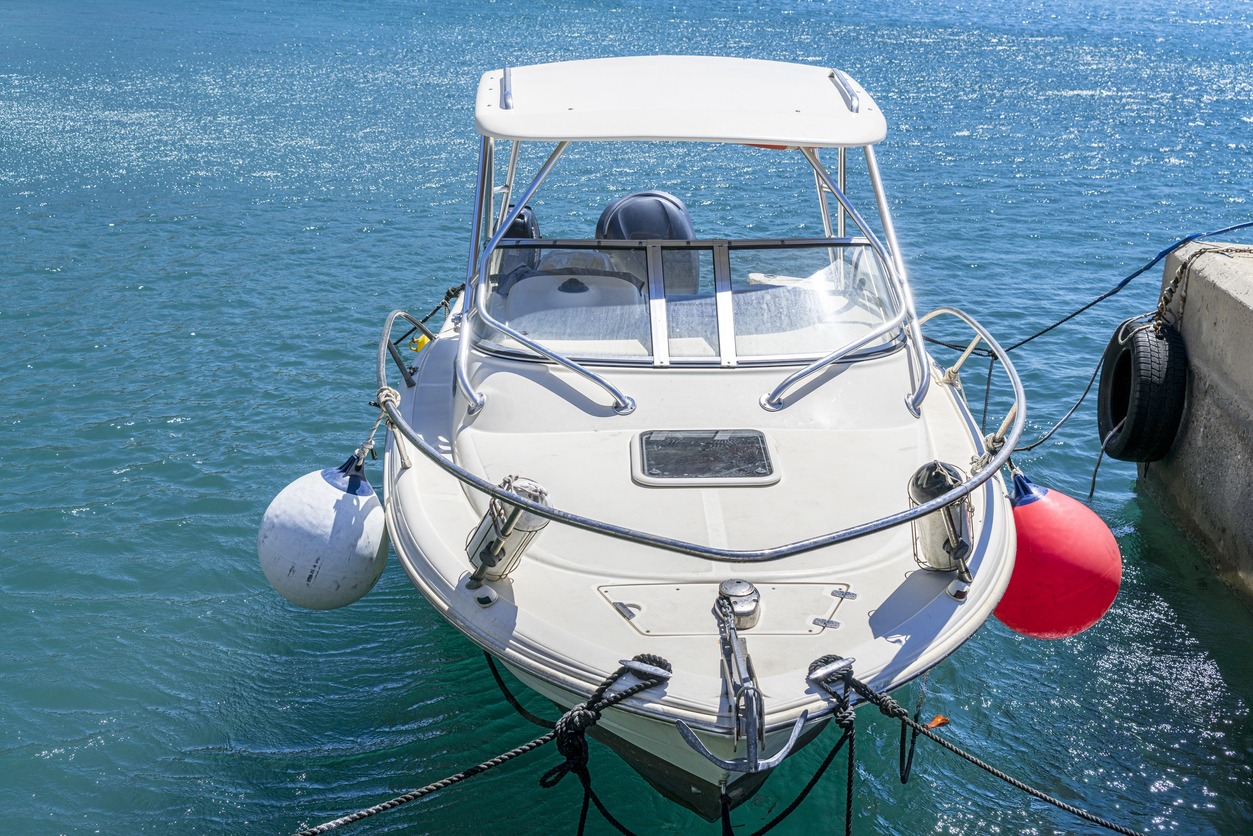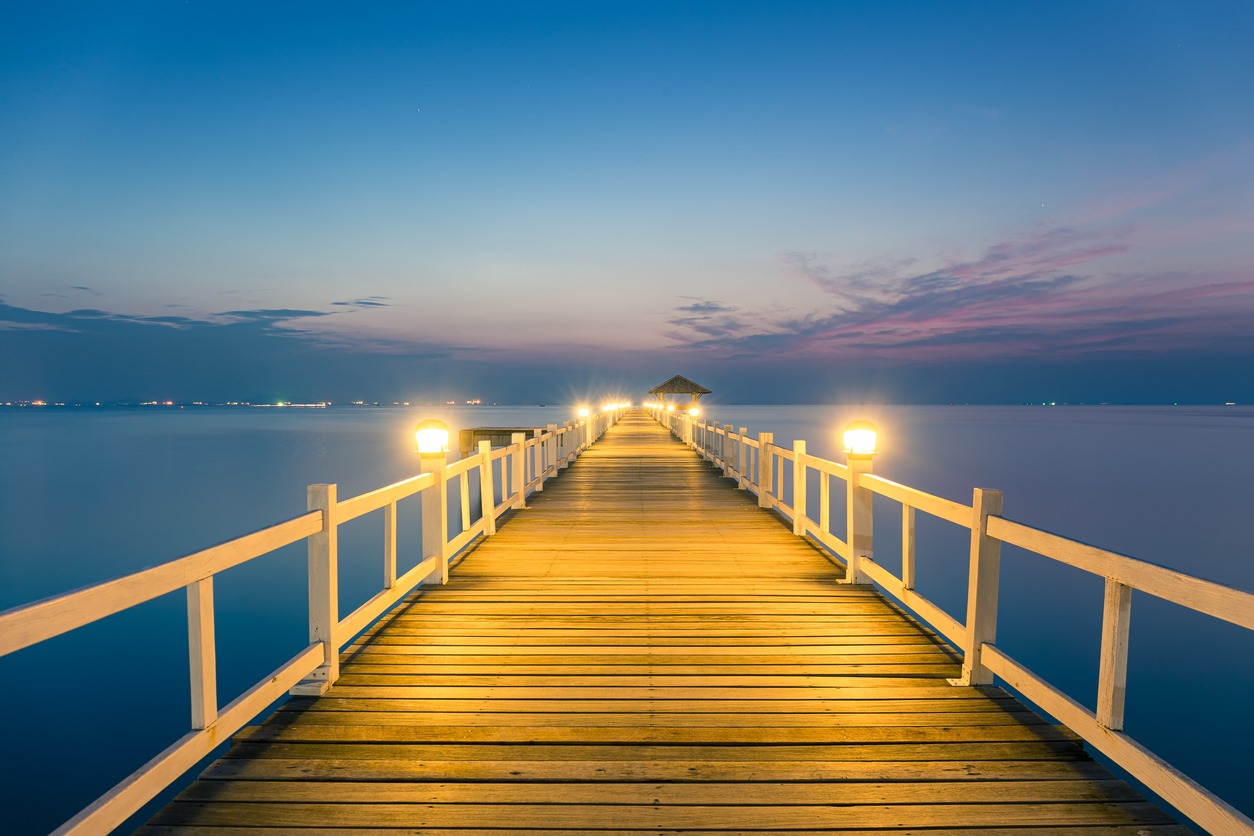Many boaters who enjoy spending much time on the water may find that the dock space becomes their second home. Boating enthusiasts often look for ways to enhance their on-water experiences, from cruising along the lake and ease of docking their boat to lounging on the dock.
A dock, also known as a shipyard, is where loading, unloading, building, or repairing boats occurs. Docking a boat is pulling the boat up parallel to the dock using docking equipment such as docking lines. These docking lines can be used in a few different ways and are referred to as bow, spring, stern, and breast lines. Bow lines and stern lines are utilized in most cases. Besides docking lines, you need four or more fenders, large plastics, or rubber devices. They act as a barrier between the boat and the dock or pier and protect from damage.
To dock a boat with ease is to have the perfect boat docking hardware for your dock space. If you want to install a boat dock or repair an existing dock, here are some specific dock hardware you might need.
Hardware Needed to Build a Dock
In installing a dock, decide first the type of dock you want to build. Stationary and floating docks are the two common types of docks. It is because dock hardware is for framing and connecting dock to dock, and it includes the following:
Brackets
Brackets carry weight and are crucial pieces of hardware for any dock. They are located at the double bottom to strengthen their structure. The construction of these differs from the type of docks you building. You will need specific brackets to distribute and hold the weight of each one correctly. It is because the stationary docks are on top of pilings mounted into the seafloor while floating docks are on the water’s surface.
Steel and Steel Fasteners
Stainless steel and galvanized steel are the two best choices for steel in constructing a dock. Stainless steel has unique properties that prevent potential corrosion of plated items that could constitute a real problem, especially in marina docks. It can hold up better to saltwater exposure than other steel.
On the other hand, galvanized steel is also one of the best choices because it is chemically treated rather than coated, which means it can stand up to any weathering a dock may experience. It is because it will only affect the galvanized surface, and your dock will last for years and even decades before replacement.
Steel fasteners such as galvanized or stainless secure all the dock materials. These include the following:
- Bolts
- Nuts
- Cleats
- Screws
- Hinges
- Washers
- Retainers
- Connectors
- Washer plates
Dock Pipes, Holders, and Pullers
Dock piling or pipes stabilizes the structure and provide a foundation for the dock to the seafloor, especially for stationary docks. Then, use a bracket, or pipe holder, to secure the pipe to the dock frame. A pipe holder can also be used as a tie-off for anchoring a floating dock. The dock pipe puller is to pull out the dock anchoring pipe from the bottom of the seabed, river, or lake especially removing them in the fall before the water freezes.
Dock Wheel Mounting Kit
The dock wheel mounting kit is for movable docks from which you can easily remove them from the water. One of its best features is the quick pins that allow you to put or remove the wheels. You can also quickly raise and lower the dock with a screw mechanism. If not customized, wheels and kits are separately purchased.
Wooden Boat Dock Hardware
Wooden docks are the preferred choice in many lakeside communities because of their natural beauty that blends with the surroundings. They are also becoming more trendy due to their relative ease of installation, availability, cost-effectiveness, and durability. Natural wood can absorb the sun’s rays and become warm to the touch, especially on hot days. On its brighter side, wood generally feels nice and warm, even on cold days with plenty of sunshine. However, the wood dock will require more maintenance because it rots, cracks, splinters, and warps.
Aluminum Boat Dock Hardware
Aluminum docks are the best choice of material that can withstand outdoor use and on the water. Also, aluminum boat docks are:
- Light
- Easy to install
- Sturdy
- Durable
- UV rays Resistant
- Rust proof
- Has unique look
- Come with removable features
Aluminum requires no maintenance, will not rot, decay, warp, or twist, and only needs cleaning. Also, it tends to stay cool in the sun because of its ability to reflect and dissipate heat.
Composite or Plastic Boat Dock Hardware
Composite or plastic boat dock hardware is a lower-maintenance alternative. Unlike wood, plastic boat dock never needs to be sanded, stained, or refinished. However, it is not maintenance-free because many types of these composite docks contain some wood fibers. So, it is essential to keep them clean because mold or mildew can grow damp or shady, which will then begin to show signs of decay if not cleaned regularly. 100% made of recycled and/or virgin plastic prevents mold or mildew but can sometimes be prone to cracking.
Floating Boat Dock Hardware
Floating docks are pretty convenient for boaters. Some floating docks are delivered fully assembled, while others are designed for easy installation by a handy do-it-yourselfer. They do have the following advantages such as:
- Modular
- Easy to Maintain
- Adjust to Water Conditions
- Easy Removal
Although floating docks are durable, they are not as sturdy as stationary docks.
Boat Docking Hardware Essentials
Now that you already have the best dock space for your boat, here is some essential hardware needed for successful docking.
Dock Cleats
Dock cleats secure a boat to a dock with a dock line to keep it from floating away. The frequent material options for dock cleats are stainless steel, nylon, and galvanized metal. Among the three, stainless steel dock cleats are the most expensive and reliable because they will not rust and are impossible to break. They can withstand the push and pull of being tied to a boat.
Dock Lines
A dock line keeps the boat in place at the dock together with the dock cleats. So, it needs to be strong and elastic to absorb shock loads and resistant to abrasion, UV rays, and rot. These make braided nylon and bungee dock lines the best choice because of their elasticity.
Boat Fenders
Boat fenders provide a cushion between your boat and a dock, jetty, sea walls, and anything else your vessel can make contact with. It prevents damage to their paint, varnish, gunwales, and hulls overall to all boats, from motor yachts and sailboats to small runabouts. It also helps you and your boat’s safety in case of a docking mishap or unexpected motion due to wind or current.
Dock Ladders
Dock ladders ensure that people feel safe while boarding and easily get on and off the boat. In choosing dock ladders, whether your dock is in freshwater or saltwater, you need something made from durable, water-resistant, and slip-resistant ladders.
Docking Lights
Dock lighting is a necessity because it improves security and safety. Without boat dock lights, it takes the risk of causing damage to your boat, the dock or even hurting yourself or someone else. It is because maneuvering a boat after dark can be challenging when docking. Not only that it improves safety, but it can help create a relaxing dock space for you and for your guests.
In conclusion, boat docking hardware is like having complete control over your ultimate dock-building and docking experience. It is not only for boats but also serves the purpose of safety gear. Nevertheless, docking hardware is the main thing that keeps you and your boat safe and secure.




